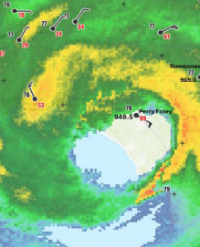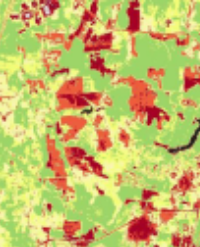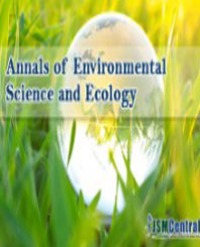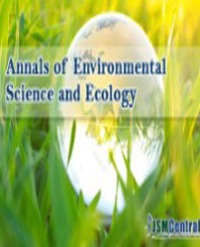Introduction: Fluorosis, also known as fluorine poisoning is a disease caused by the disruption of various metabolic pathways, one of which includes calcium metabolism implicated in dental and bone formation due to the replacement of calcium by fluoride ions in bone matrix. The aim of study was to determine the presence of fluorine of the population consuming water contaminated at the Diamaré Division.
Method: A cross sectional analytic study design in 7 villages at the Diamaré division from 1st December 2021 to 30th May 2022 was carried out. Participants who gave consent and filled the selection criteria were included. The socio-demographic characteristics, medical history, eating habits and clinical characteristics of the participants were obtained using a questionnaire. Samples of urine, blood of participants and water were collected for analysis at the Centre for Study and Control of Communicable Diseases at the Faculty of Medicine and Biomedical Sciences of the University of Yaoundé. Fluoride concentration in water and urine. Data entry and analysis was done using Epi info; Associations were derived from bivariate analysis.
Results: We had bore holes, wells and river as water sources used of water for drinking, cooking and household activities. 152 participants were recruited and the most common water source used was bore holes (N=94; 61.84.7%). Some used water from one source only; others from two sources or more. Majority had Joint pains (78.7%). Dental fluorosis accounted for 26%., bowed legs 4.7%, skeletal deformities 6%, immobilization of joints 41.3% and knocked knees 1.3%. A mean water fluoride concentration of 1.30 ±1.68mg/l ranging from 0.04-5.75mg/l was obtained from 30 samples of water collected while that of 2.89 ±2.87mg/l ranging from 0.05-14.35 mg/l was obtained from urine.
Conclusion: The majority of water sources (wells and boreholes) used by our study population for consumption are contaminated with fluoride which is eliminated in urine by the entire population.
Antoine Vayaraï MANAODA1*, SAMIRA Amadou2, YINYANG Jacques1, NGOULE Charles2, ETAME LOE Giselle2 and ADIOGO Dieudonné1











